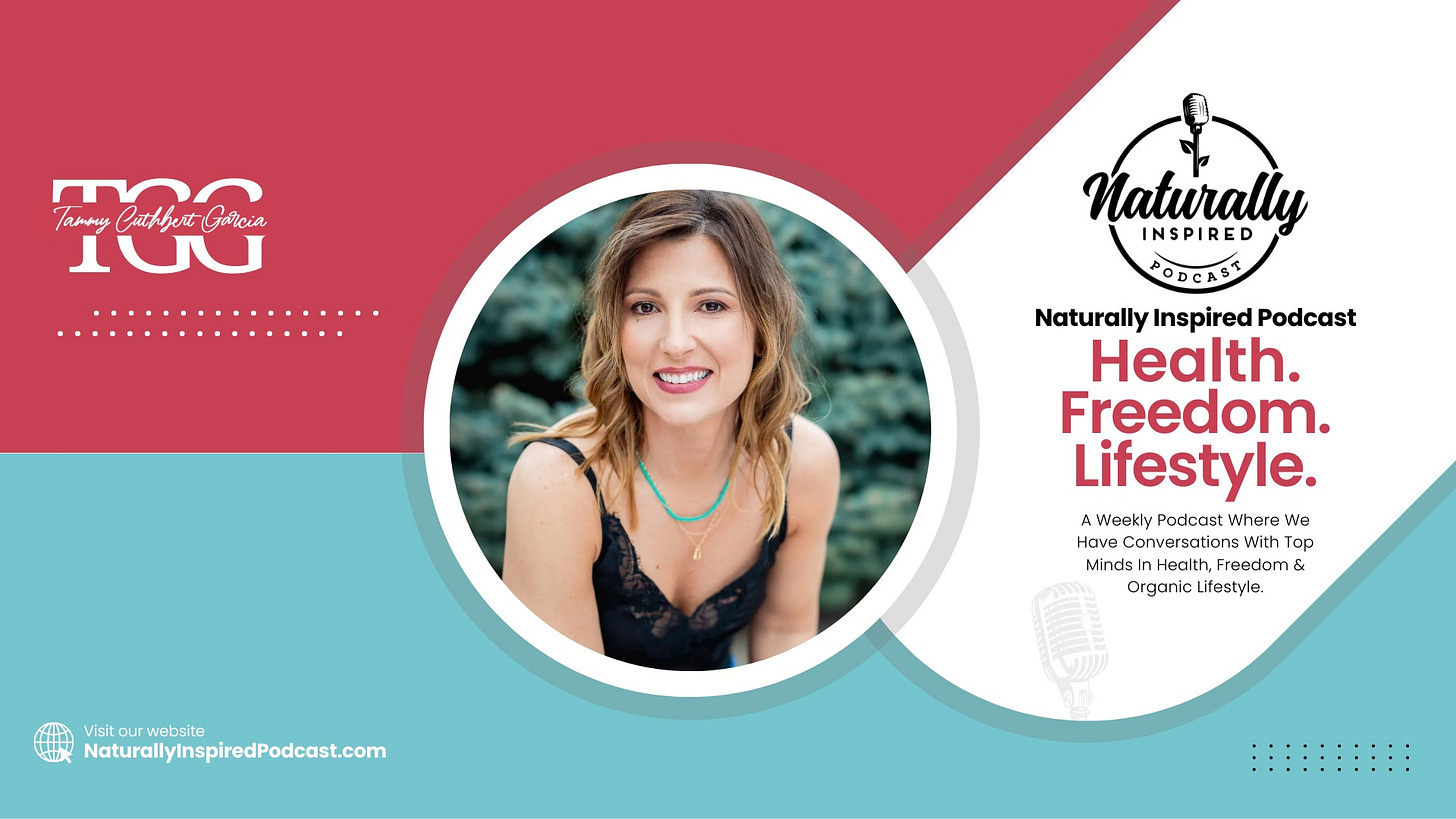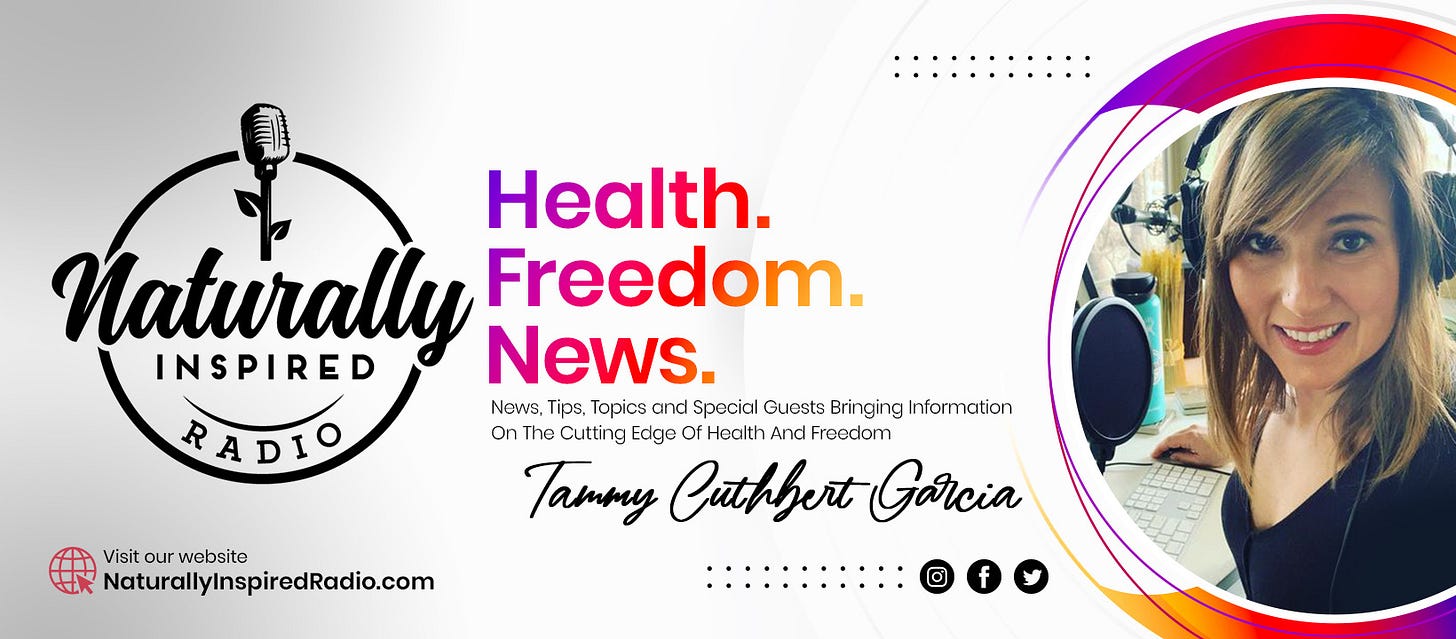Making the decision to transform is preceded by a series of thought processes that are almost always rooted in pain.
.
That’s because pain is uncomfortable and we like to feel comfortable so we tend to be motivated to change when we are feeling discomfort.
.
Thoughts serve as a catalyst for change when we allow them to. On the flip side our thoughts can be an anchor that keep us tied to habits that keep us from transforming.
.
For example, if our thought process goes something like this,
.
“I’ve tried to get fit many times and it’s never worked”. Our next thought is unlikely to be “I’m going to the gym to work out”.
.
Ask anyone who has ever done anything whether it’s building a house, writing a book, starting a business, raising a child or improving health outcomes and you’ll find the process started from a single thought.
.
Research indicates that most who achieve their goals don’t spend much time thinking about the problems they think might occur before taking action toward the goal. One can even argue those who succeed at their goals are somewhat naive anticipating there wont be any problems once they decide they want to do something.
.
Understanding our thoughts is crucial for maintaining long term results. If we get stuck in thought patterns that lead us to actions that don’t produce the results we want it can feel like we are stuck on a nightmare carnival ride that we can’t ever seem to get off of.
.
For some this carnival ride lasts a lifetime and they end up leaving with a lot of life left “un-lived”.
.
7 steps to making permanent changes
.
1. Acknowledge pain. What is the source of discomfort? For some this is physical like a sore back or knee while for others it’s a condition or a state of mind. Even a nagging general feeling of discontent.
.
If you aren’t fulfilled and it feels like something’s missing (discomfort) this is an indication transformation is needed. Stop covering it up with instant gratification distractions that derail the results you really want.
.
2. Why do I carry this pain or discomfort? What’s the source of this pain? When and where did this rise from? Reflecting back can bring insight to what actions may rectify these feelings. Our individual pain is often linked to our purpose.
.
3. How would my life be different without this pain or discomfort? Imagine if this pain or discomfort was gone. Get a vision for it. I once worked with a woman who was in a bad relationship. I asked her how much time she spent thinking about this relationship she recorded that 85% of what she thought about was linked to that relationship. Letting go of pain can free up a whole new you!
.
4. What do I want? We can often explain clearly what we don’t want, but find it much more difficult to explain what we do want. We should be able to express what we want better than what we don’t want. Practice it until you feel excited about it.
.
5. How can I work toward these outcomes? What actions bring these results? How have others achieved it?
.
6. Can I develop a plan of daily actions that I can execute that will make this a priority in my day to day life.
.
7. How will I feel when I am living with these new outcomes? Who will I become with this new set of skills? What can I do with this transformation? Who could I help?
.
When we make the decision to transform our lifestyle we can easily come up with excuses and reasons for why it won’t work. Don’t fall into the trap. Our thoughts will determine the actions we take and we can control our thoughts. Pain is a signal that it’s time for transformation.
Subscribe for daily inspiration.








